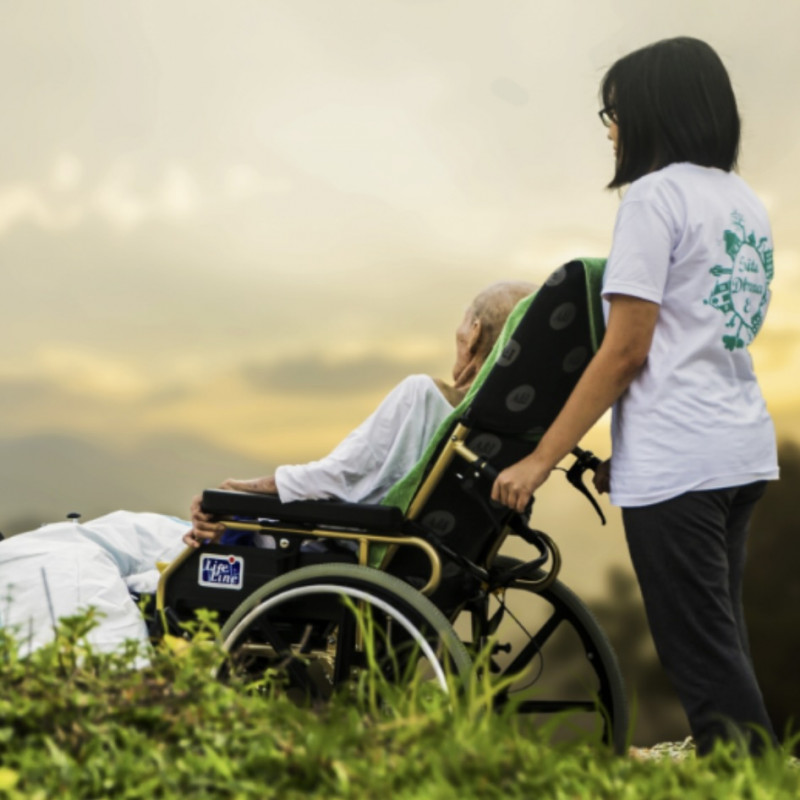
Maximizing Michigan’s opioid settlement funds: A strategic approach for recovery
In response to the opioid epidemic’s devastating impact, the Michigan Opioid Partnership asked the Center for Health and Research Transformation (CHRT) to speak with members of the substance use disorder recovery support community to gather suggestions for the investment of Michigan’s state and local opioid settlement funds. As Michigan anticipates receiving over $1.5 billion from opioid settlements, there is an …
Read more >
Tobacco lessons for opioid settlement fund investments: Maximizing the impact of Michigan’s opioid settlement funds
In the face of an opioid epidemic that claimed the lives of more than 112,000 people nationwide last year, Michigan has the opportunity to make a significant public health impact through the effective use of opioid settlement funds. This publication draws vital lessons from the tobacco litigation settlements of the late 90s, offering a roadmap for leveraging the multi-billion-dollar opioid …
Read more >
Primary care and public health integration: Innovative strategies from a state-level review
In a recent Journal of Public Health Management & Practice report, Strengthening Public Health Through Primary Care and Public Health Collaboration: Innovative State Approaches, CHRT’s Nancy M. Baum and Samantha Iovan, along with Marianne Udow-Phillips, explore the dynamic initiatives undertaken by four states to forge stronger connections between public health and primary care. Seventeen state leaders from North Carolina, Oregon, …
Read more >
Bridge the gaps: Strengthening public health through primary care collaboration and funding innovation
In a January 2024 Milbank Quarterly opinion piece, Connecting Public Health and Primary Care: The Prevention and Public Health Fund Redux, authors Marianne Udow-Phillips, Samantha Iovan and Peter D. Jacobson take a look at the critical role of primary care in bridging the gap between public health and medical care, as emphasized by longstanding funding disparities which were particularly evident …
Read more >
Pathways to reform in Michigan: Diversion, deflection, and reentry programs
A recent report from the U.S. Department of Justice revealed alarming rates of mental health disorders among jail inmates–on average, 44 percent of inmates had a mental health diagnosis. Despite this prevalence, jails lack adequate resources to meet inmates’ mental health needs, potentially worsened by discriminatory practices, implicit bias, overcrowding, and hostile environments. And these challenges disproportionately affect racial and …
Read more >
CHRT staff in Health Affairs on strengthening public health through collaboration with primary care
In a recent Health Affairs Forefront piece, Strengthening public health through collaboration with primary care: lessons from the states, CHRT’s Nancy Baum and Samantha Iovan share key findings from research across four states: North Carolina, Oregon, Rhode Island, and Washington. These four states were selected based on the authors’ previous research, which identified these states as innovators in their work …
Read more >
Strengthening public health through integration with primary care
State and local leaders across the country are taking innovative steps to strengthen public health through integration with primary care. Public health agencies at the state and local levels have long faced challenges such as chronic underfunding, rigid funding streams, outdated and disconnected data systems, fragmented care delivery structures, and workforce shortages. Partnerships between medical care systems, community-based organizations, and …
Read more >
Organizations’ perspectives on successful aging with long-term physical disability
CHRT staff Marissa Rurka and Melissa Riba of the Center for Health and Research Transformation (CHRT), recently published a study in the peer-reviewed journal, Disabilities, on Organizations’ perspectives on successful aging with long-term physical disability. To best serve those aging with physical disabilities, organizations must understand what successful aging means for this population. From October 2021 to May 2022, 128 …
Read more >
Supporting behavioral health providers in public health emergencies
Support for behavioral health care providers is crucial, especially considering the significant stress and burnout they have experienced prior to and during the pandemic. To understand how to better support behavioral health care providers during public health emergencies, this study explores three topics. Burnout While the literature is limited, studies suggests that burnout can affect physical and mental health for many …
Read more >
The value of community health workers in extending the behavioral health workforce
Prior studies suggest that Community Health Workers (CHWs) add significant value in healthcare settings. CHWs can improve physical health outcomes and lower health care costs for their patients, but there is limited research on the roles CHWs fill in behavioral health care. Trusted frontline health workers, CHWs often live in or come from the communities they serve. Importantly, they support hard-to-engage …
Read more >